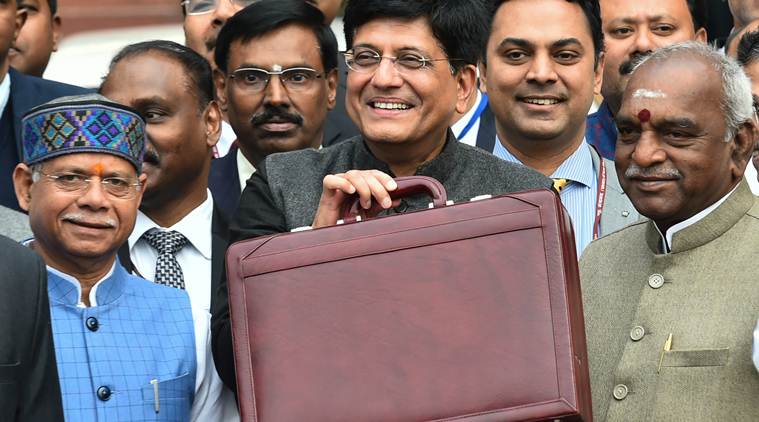Budget’s how question
It shows fiscal discipline, has provisions to win over many voter groups. But it lacks a roadmap

The finance minister began with recounting the major economic achievements and reforms carried out by the government over the last four-and-a-half years. Inflation is controlled, which was the lowest during the tenure of this government, and was 2.19 per cent in December 2018. The government has walked the talk on corruption; banking reforms and the insolvency and bankruptcy code have put banks on a path to recovery from the high burden of NPAs; the fiscal deficit is contained to 3.4 per cent of the GDP; foreign investment inflows have been $239 billion over the last five years and the path-breaking structural reform of GST has been carried out.
In addition, he pointed out the achievements in the social sector. The Swachh Bharat mission has reached 98 per cent of rural India, with 5,45,000 villages becoming open defecation free. Under the Pradhan Mantri Awas Yojana, 1.53 crore houses have been built. Electricity has been provided to 2.18 crore homes, 143 crore LED bulbs have been distributed. Health cover has been improved and the world’s largest healthcare programme, Ayushman Bharat, has already benefited 10 lakh families. All these are creditable achievements.
At the same time, many measures have been announced which may be considered as motivated by the coming election, covering many different groups. Among these are the Rs 6,000 per year promised to small farmers owning less than two hectares through transfer to the bank accounts of some 12 crore farmers. The first instalment will be disbursed this financial year, before the election. Though it does not include landless farmers, most agricultural labourers do own a small piece of land. Also, a pension scheme of Rs 3,000 per month after the age of 60 is proposed for unorganised sector workers with a monthly income up to Rs 15,000. In addition, a number of tax concessions have been offered to middle-class taxpayers. The exemption limit has been raised to five lakh and with certain investments, no tax will be payable for income up to 6.5 lakh. Deductions for medical expenses for senior citizens, student loan interest, home loan interest have also
been raised.
been raised.
The question arises: How are these to be financed? The expenditure on farmer income transfer is projected to be Rs 75,000 crore for 2019-20 and Rs 20,000 crore for the current financial year. We look at the items under which the allocation in the budget has increased substantially over the revised expenditure estimate for the year 2018-19. Urea subsidy is to increase from Rs 45,000 crore to Rs 50,000 crore. Direct benefit transfer allocation increases from Rs 16,500 crore to Rs 29,500 crore. Investment in non-governmental undertakings increases from Rs 9,400 crore to 15,800 crore. Transfer to national investment fund is raised from Rs 40,100 crore to Rs 50,600 crore. Apart from these, there are small increases and decreases in the outlays on major schemes. The revenue of the government is projected to increase by 14.33 per cent over the revised estimate of 2018-19. This is only a bit optimistic. With 4 per cent inflation, 7.5 per cent growth, a less than 3 per cent increase in tax collection efficiency will suffice to reach this target. The budget, then, does not look like a pie in the sky.
The FM outlined a 10-point vision for the country for the next decade. Such vision goals have been with us for decades. For example, eliminating poverty in 15 years has been the goal of our plans, including by the committee set up before Independence by the Indian National Congress under Jawaharlal Nehru and the plan made by Bombay industrialists (the Bombay Plan). The missing element is: How are these goals going to be realised?
The budget does not elaborate on how higher growth rate is to be attained nor how massive employment is to be created. We have seen that the level of investment and industrial production have not been growing at a sufficiently high rate. No new measure is proposed to accelerate these. The high level of unemployment that has been reported is based on the NSS report that has not been released by the government. If this is an indication of unwillingness to accept the reality of joblessness, the much-needed measures to create jobs may not be forthcoming. Employment in well-paying jobs requires a well-educated and skilled workforce. This is going to be especially important in the coming knowledge, innovation and artificial intelligence-driven global economy. While the budget makes a small additional provision to increase quality in higher technical education, the main thrust needed — raising the quality of primary and secondary education — is missing.






































No hay comentarios:
Publicar un comentario